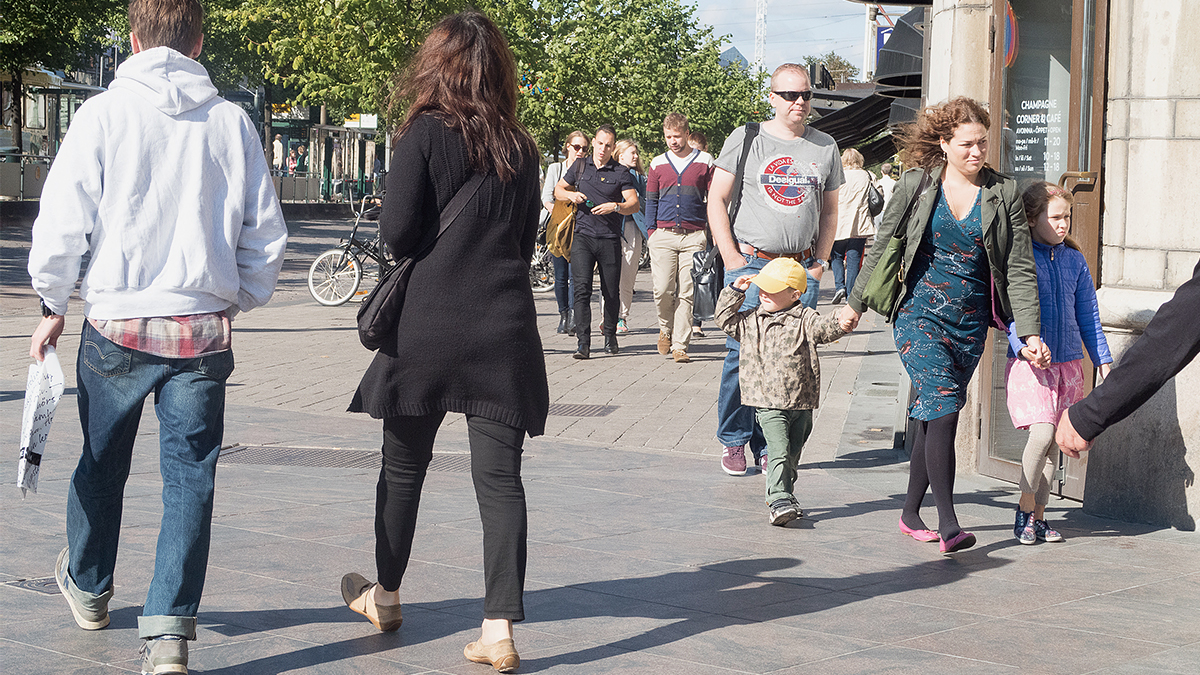Survey on crime prevention work by municipalities

One of the key objectives of the National Crime Prevention Programme, Working Together for Safer and More Secure Communities (2016–2020), is to promote local crime prevention work. Crime prevention work and efforts to increase local safety are in Finland carried out within many different municipal sectors and in cooperation with state authorities and various organisations. In a survey conducted in spring 2017, local authorities were inquired how crime prevention is taken into account in the municipal decision-making and strategy and which parties are responsible for the practical work in this field. Local authorities from 128 municipalities of varying sizes and from around Finland responded to the survey.
According to the survey, 10% of municipalities have a designated coordinator who is responsible for crime prevention issues in the municipality. 40% of municipalities have an intersectoral cooperation group with responsibility for crime prevention tasks among its other tasks. In large municipalities, crime prevention is often connected to the municipal safety planning, whereas in smaller municipalities the crime prevention perspective is often included in other municipal welfare planning. Local authorities in one out of six municipalities estimate that the crime prevention perspective is taken into account well in the municipal strategy, while the authorities in one out of five municipalities estimate that the crime prevention perspectives have been incorporated into the operational and financial planning process of the municipality.
Residents must be consulted in safety questions
The National Council for Crime Prevention and the Association of Finnish Local and Regional Authorities stress the importance of consulting local residents when decisions concerning safety in a municipality are being made. There are several different means of consulting the residents in safety questions, but, according to the survey, the local authorities do not use them very actively. Safety questionnaires, for example, are regularly used by only one in five municipalities and safety walks by one in ten. Only a small percentage of municipalities utilise youth councils', older people's councils' and disability councils' opinions in their safety work.
Residents should be involved in the crime prevention work, because they have important experience of and views on the safety situation in their neighbourhood. Safety and the sense of security are key elements in the wellbeing of each and every resident of a municipality. The National Council for Crime Prevention emphasises that local authorities should be provided with more information on crime prevention, its methods and cost effects. Local authorities should also have sufficient resources and courage to highlight safety aspects in the decision-making.
Press release on the survey report


